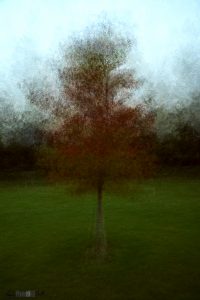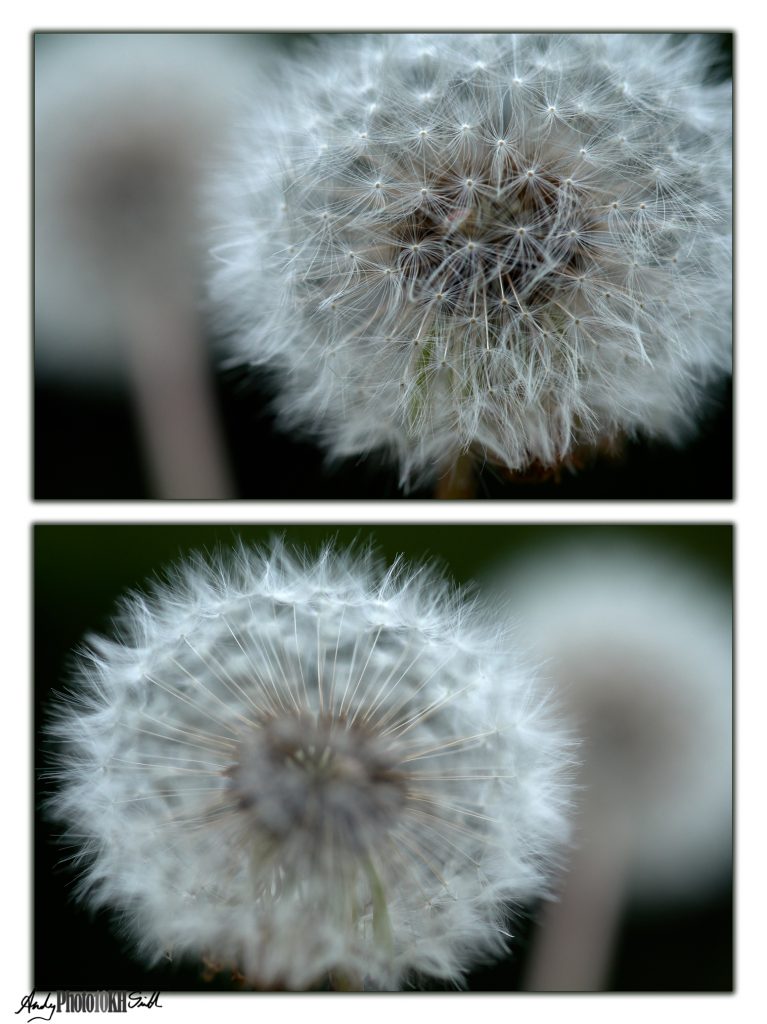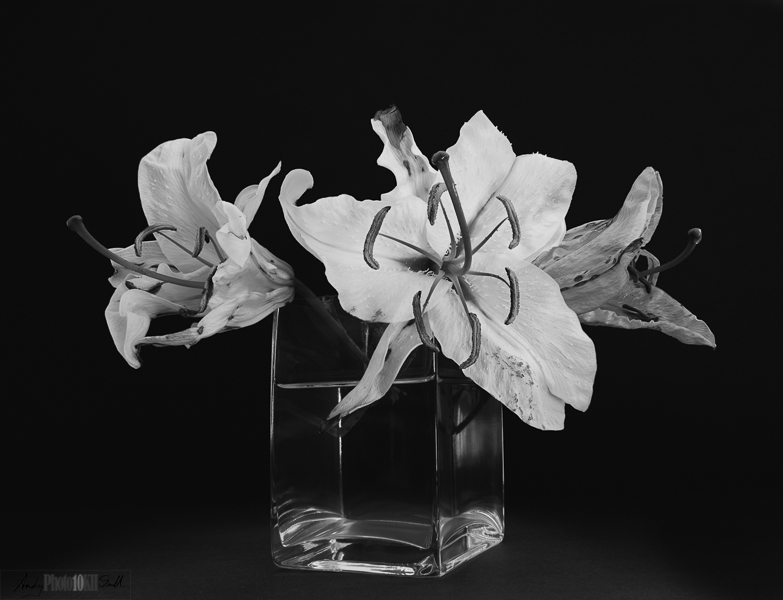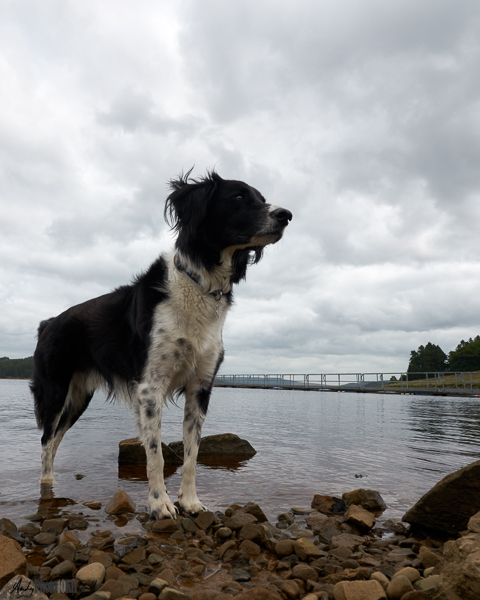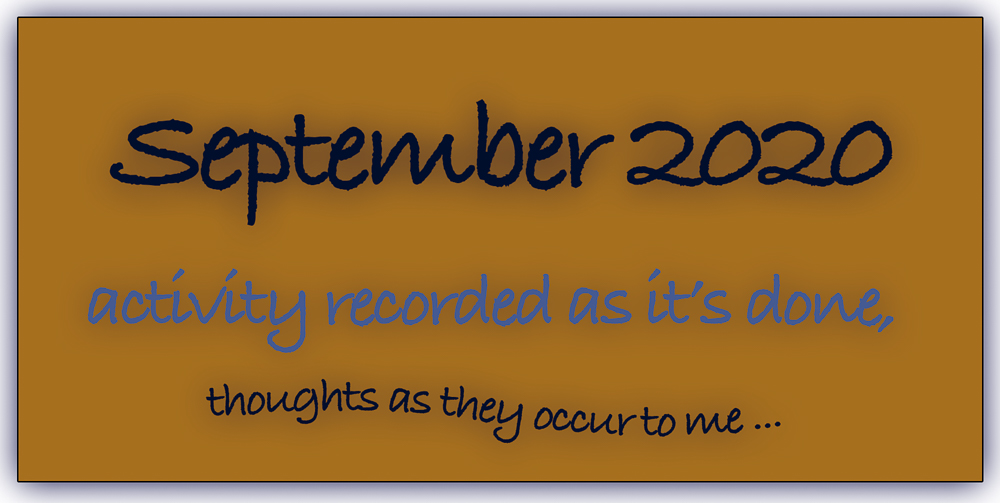
This journal records my fine art photography apprenticeship through 10,000 hours deliberate practice.
Hours 4,150 to 4,272
30th September
Hours 4,269 to 4,272
An hour updating this journal, mainly with notes from yesterday’s lecture by Martin Patten.
An hour finishing and publishing the “Summer 2020” post.
An hour discussing my Waterloo Nighthawks image with Laurie Turner and editing to try out some of his suggestions.
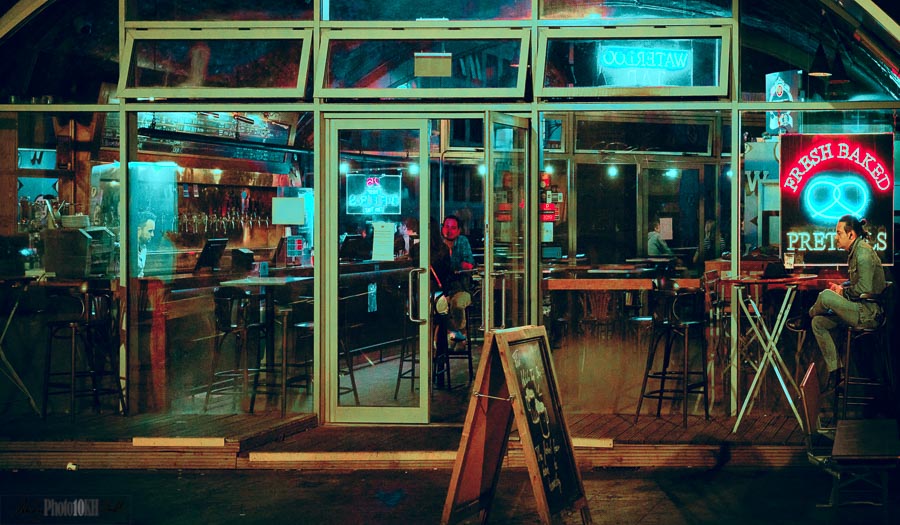
An hour at the Amersham Colour Group which, amongst other things, discussed the Nighthawks image above. The overriding comments/ suggestions were:
- Reduce the lights and very bright patches
- Clear up the litter and generally tidy up.
29th September
Hours 4,265 to 4,268
An hour shooting and processing the following images of a wasp I saw outside by kitchen window this morning.
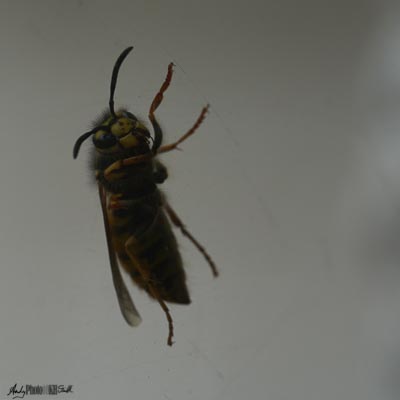 | 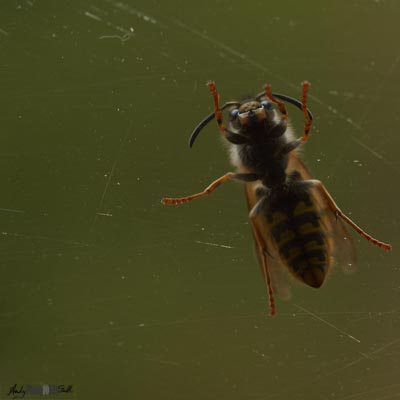 |
An hour processing and submitting images for the Smethwick International Salon.
Two hours at the Stoke Poges Photographic Club virtual meeting; Zoom Lecture by Martin Patten, Chairman of the CACC, “Improving Your Competition Photography”.
Success <= Inspiration + Perspiration
- Plan
- What: research images you want to achieve this is the “inspiration” part “what have other people done”. Lots of sources for this, Google, Flickr, exhibitions, books, etc.
- When: what time of day is best. Usually late in day or early morning but be aware of tides, moon phases and other factors that may be relevant
- Where: exactly where are the best places to go shoot
- How: what equipment and setting are you going to require to achieve the results you want
- Prepare
- Practice techniques in a non-critical setting
- Know you camera so that you can quickly make adjustments as necessary
- Luck is opportunity + preparation
- Shoot
- Have a workflow. See: notes from the 17th below
- Organise
- Have a process, see “Second Revision: Workflow at 2,000 Hours” post
- Star and colour coding system to select and categorise images.
- Edit
- Edit images to be the best they can be
- However, bear in mind restrictions for FIAP Travel and Nature competitions.
28th September
Hours 4,259 to 4,264
An hour working on the “Summer 2020” post.
An hour finishing and publishing the “Restaurant Photography” post.
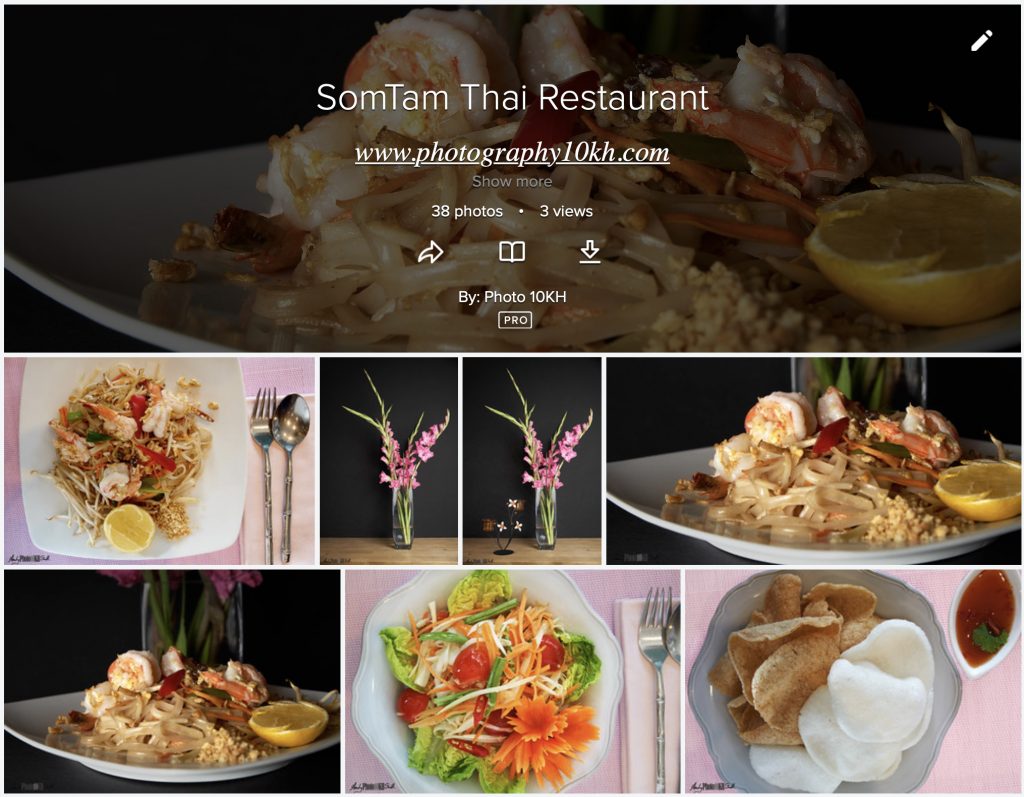
An hour working on the following image from Lindisfarne.
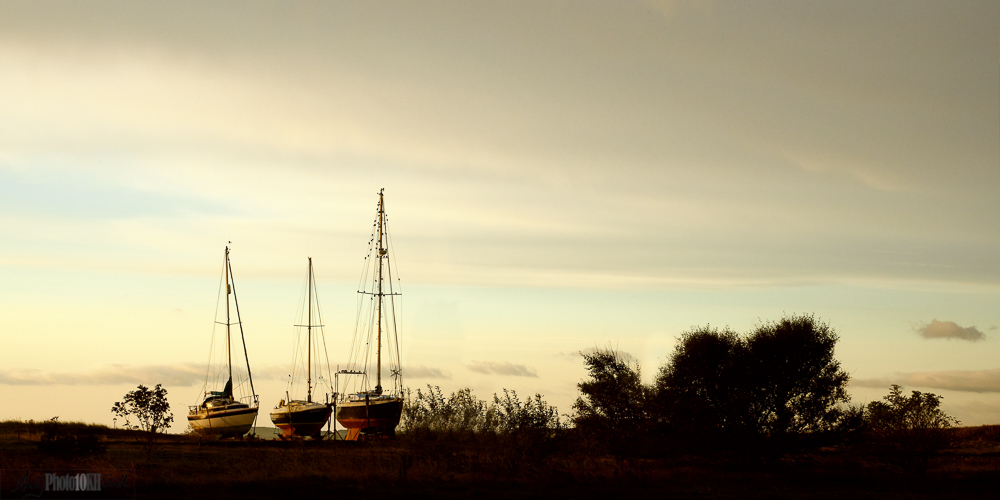
An hour selecting images for the Smethwick international Salon.
Two hours at the Amersham Photographic Society virtual lecture by Ben Hall “Moments in Nature”. Key objective
- showing animals in context, combining a great landscape photograph with the subject at the focal point
- use long shutter speeds to show motion or create a more interesting image
- understand how a more dramatic shot can be created by either deliberately over or under exposing the shot.
27th September
Hours 4,256 to 4,258
An hour and a half shooting frozen flowers, in several sessions across the day.
An hour watching:
- “Keith Carter: Fifty Years” – he started by emulating other photographers. However, his style emerged when he realised the value of photography as a medium for creating imperfect images. He will deliberately:
- Have the horizon off-straight
- The subject out-of-focus
- Lose all the detail in the shadows.
- Nigel Danson: “Landscape Photography – Are you missing the best shots?“
- shooting in the rain
- best light often occurs just after the rain has passed, but you have to be in position and ready
- after shooting warm up equipment slowly – don’t suddenly exposure a cold camera to a warm humid environment.
“[First] Make the photograph. You have the rest of your life to work out what it means.”
Keith Carter
Half an hour writing up this journal.
26th September
Hours 4,253 to 4,255
An hour updating this journal, mainly with notes from yesterday evening’s viewing of photographer documentaries.
An hour creating further versions of the Waterloo Nighthawks image, colour toned to more closely match the Hopper original.
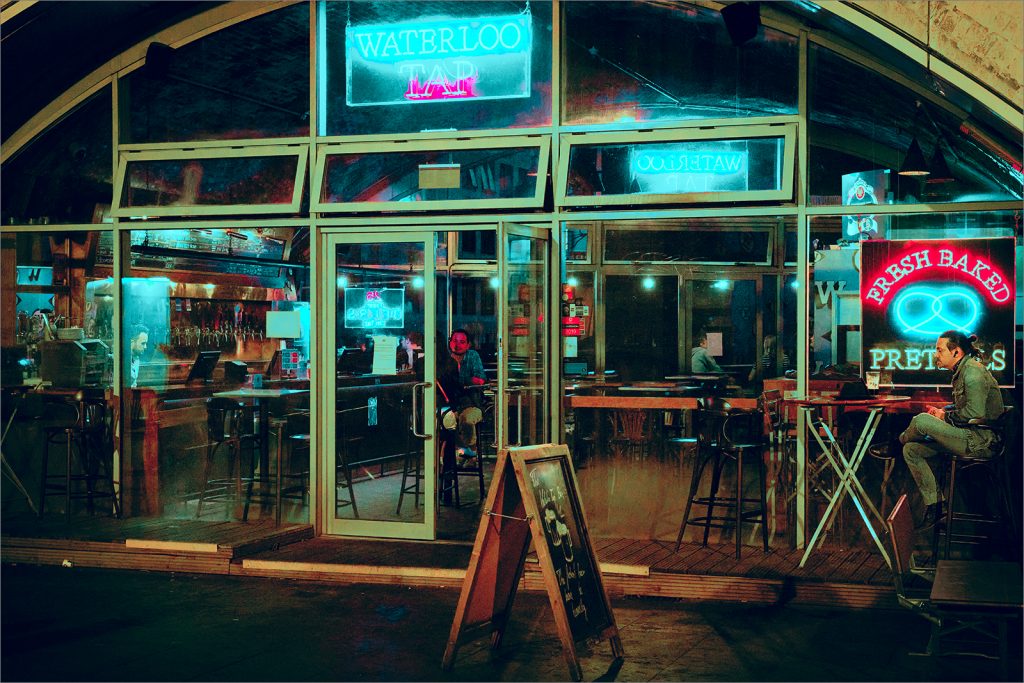
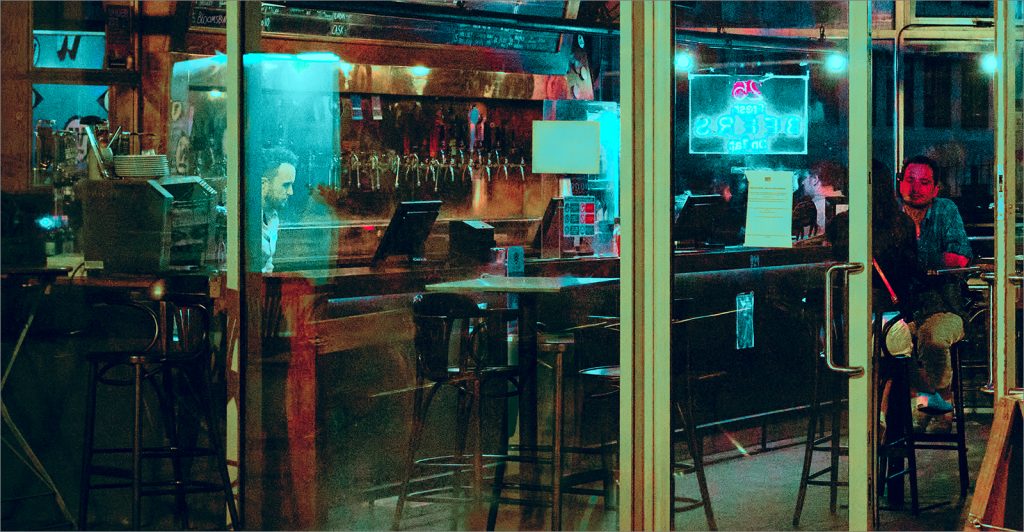
An hour preparing flowers for freezing prior to photographing, including watching a couple of YouTubes on this subject.
25th September
Hours 4,248 to 4,252
Two hours working on the “Summer 2020” post:
- reviewing the months of June, July & August which involved correcting typos, adding links and some images to all pages
- creating the Flick album with updates to images where necessary
An hour working on the “Restaurant Photography” post.
An hour colourising my “Waterloo Nighthawks” image below, in an attempt to create a cinematic look in the style of Edward Hopper. Then another hour working on the portrait crop, which has quite a different feel.
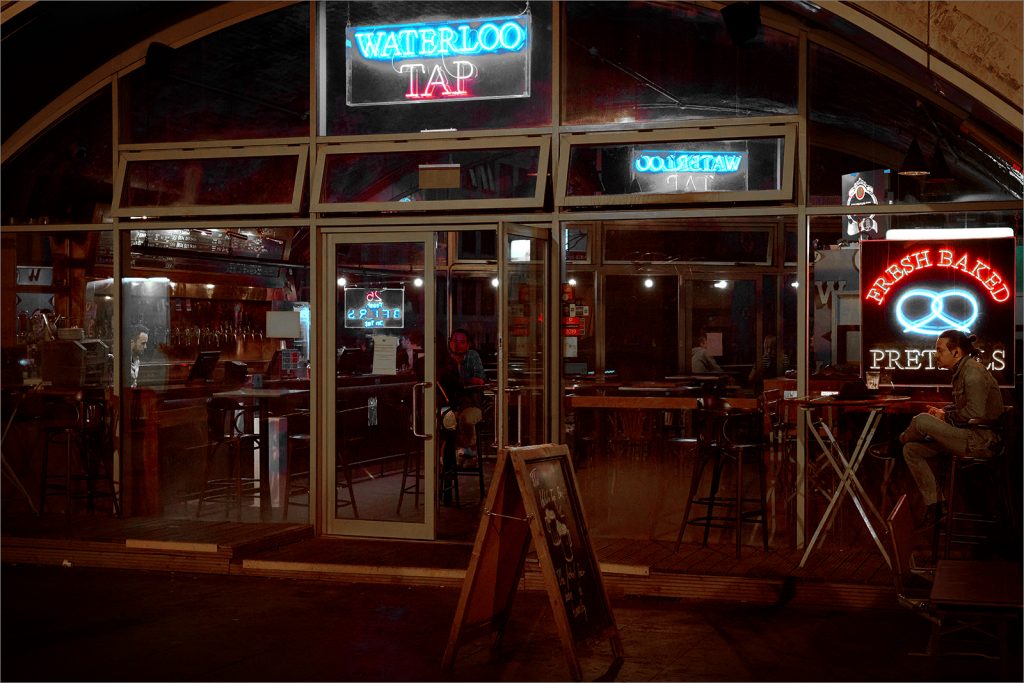
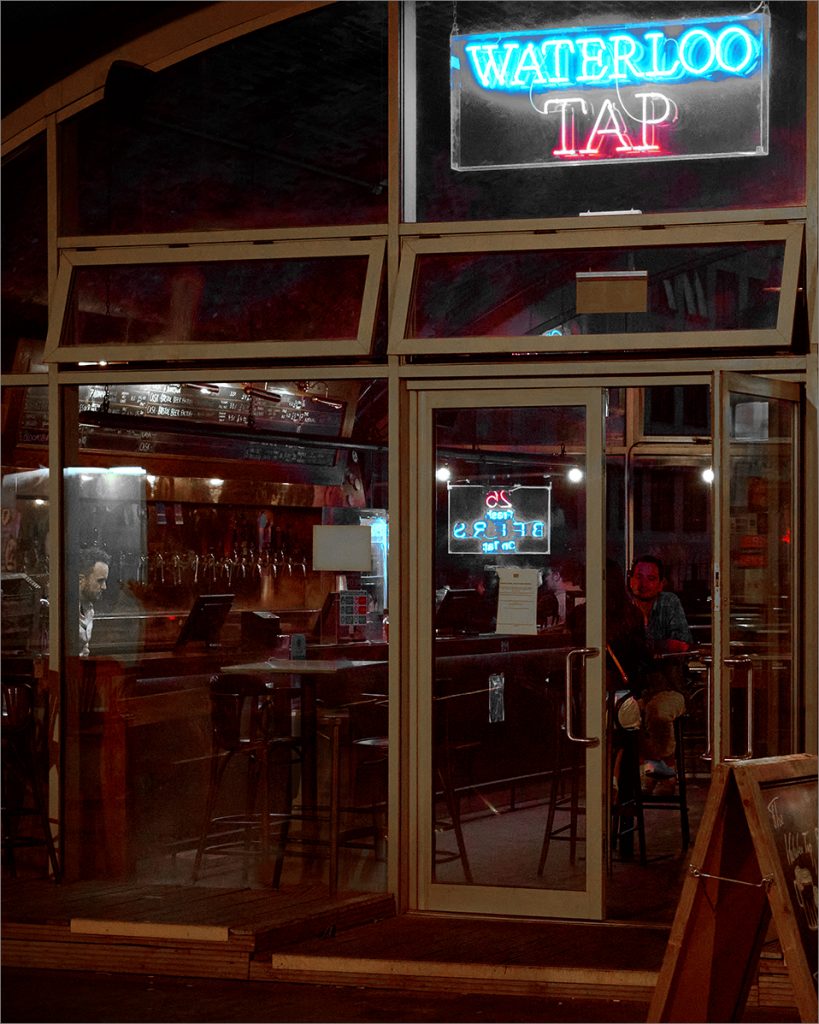
An hour (re-)watching a number of YouTubes documentaries about/ interviews with influential photographers:
24th September
Hours 4,241 to 4,247
An hour processing yesterday’s images of the house in Poole.
An hour finishing the images from the Memorial Gardens including the following:
Two hours watching the Karl Taylor review of Challenge #3: Blueberry Muffins. Main issues from the candidates were:
- Layout that didn’t match the brief
- Flat lighting
- Lighting from the wrong direction – my problem.
An hour working on the “Summer 2020” post.
An hour watching and writing up the Sean Tucker YouTube: “Controlling Colour” where he makes the following points:
- When someone says “cinematic colour” in a complementary sense, they really mean limited colour palette. Using either analogous or complementary colours
- Using the HSL adjustment tool rather than split-toning or colour balance implements a tighter control rather than adding a general wash
- Tie images together in a project by using a consistent colour toning style.
An hour watching the following editing YouTubes:
- Nigel Danson: “How I edit from RAW to Print“
- Capture One Quick Live: “Luminosity Masking“
23rd September
Hour 4,240
Half an hour processing yesterday’s images from the Memorial Gardens in Capture One.
Half an hour shooting some new images of our house in Poole.
22nd September
Hours 4,232 to 4,239
Half an hour updating this journal, then another half transferring the top images shot for the Blueberry Muffin Challenge to my desktop computer for submission to Karl Taylor.
An hour working on images from London on Sunday.
Two hours post-processing the Muffin Challenge image below – now as good as I think I can achieve. Again, let’s see what Karl thinks on Thursday.
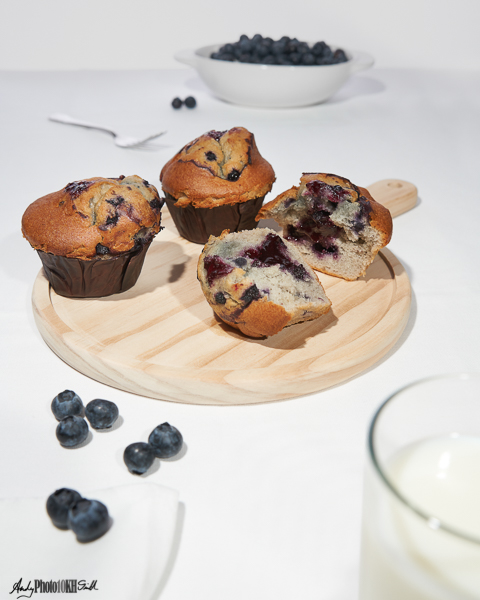
Karl’s comments:
- Seems to be shot with the wrong focal length of lens which is leading to distortion and perspective and scale seem skewed
- Shadows are visible in multiple directions with both lights hard lights
- The lighting in general is too hard and contrasty.
When Karl showed us how to do this challenge himself on 1st October, he did the following things differently to me:
- Main light was either a very large softbox positioned to the back left (I entirely missed this requirement for lighting from the left) or reflected off the white studio wall ceiling, to the left
- this was balanced by a bounce board on the right to ensure a more even lighting across the image, plus “global lighting” achieved through a light bounced off the ceiling directly above the subject
- specific harder lighting added across the back of the whole muffins with a orange gel to give them a warmer feeling
- several elements lit very tightly with picolites or snoots, all done carefully to avoid additional shadows
- his lens, medium format, 100mm was the equivalent to 70-80mm lens on a 35mm camera at f/8.0 (I used 60mm at f/7.1 – clearly noticeable difference in perspectice but not a million miles off and my depth of focus will have been similar).
Two hours working on the “Summer 2020” post.
Two hours on the Stoke Poges Photographic Club’s photo walk at the Memorial Gardens. This was essential half time assisting Chris Lloyd on a very elaborate lighting set up and half shooting on my own.
21st September
Hours 4,224 to 4,231
An hour shooting at Stoke Park Club at daybreak.
Two hours processing images from yesterday and this morning in Capture One and exporting to Lightroom Classic.
Two and a half hours shooting the Karl Taylor Blueberry Muffin Challenge.
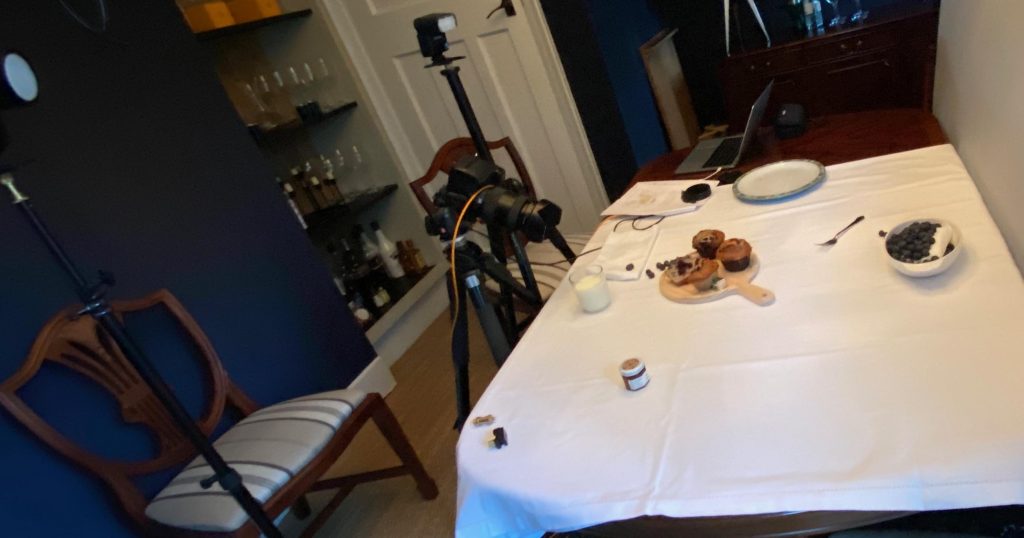
Two hours at the Amersham Photographic Society – Lecture: Roger Hance FRPS. FRPS x 4. Key points:
- Photos are better when taken in the rain
- Top location for sports photography: Lee Valley White Water Rafting, built for the olympics, totally artificial, shoot from the bridge
- RSPB Lakenheath – has dedicated hides for photographers – good in Winter only
- Use Topas Denoise AI to cope with shots where a high ISO was required
- Books: “The Photographers Guide to …” by Ellen Browness apparently also has a guide to London.
Half an hour updating this journal.
20th September
Hours 4,222 to 4,223
An hour updating this journal, particularly:
- Creating and curating the Northumberland Flickr Album
- Adding images to this page
- Connecting those images with the Flickr site.
Half an hour shooting in London, including from the top of the Shard.
Half an hour processing images from the day in Capture One.
19th September
Hours 4,217 to 4,221
Four hours watching the RPS exhibition selection over zoom. Judging 881 colour open images, 707 monochrome open and 290 altered reality.
Half an hour creating and then half an hour analysing the following Seascape:

Eileen Rafferty’s pictorial analysis of the above image:
Subject: What is it of? Is the main actor clear?
Seascape, split 50/50 water/ sky. A couple of rocks, and dark seaweed patches in a foreground of sparkling clear water.
Form: What are the visual elements of the image? Line, shape, texture and colour.
Polka- dot foreground giving way to a dark area of sea up to a clear horizon exactly half way up the picture.
Linear clouds immediately above the horizon, a parch of clear sky then heavier clouds at the top of the image.
Content: What is the picture about? Any story, meaning or symbolism?
Optimistic summer feel in a calm benign environment.
18th September
Hours 4,212 to 4,216
An hour writing up this journal and reflection on actions from the last couple of days.
Half an hour filling in some missing basic knowledge:
- A Stop in photography is a doubling or halving of the amount of light in an exposure
- A stop in aperture is an adjustment by 1.41, root 2, of a f-stop, e.g., f/16 to f/22 is a one stop adjustment
- ISO and shutter speeds are linear adjustments.
Two and a half an hours importing the Northumberland images into Lightroom Classic and updating this journal as Flickr site.
An hour creating the following composite version of the Maid Sweeping image and forwarding to Yin Wong for comment.
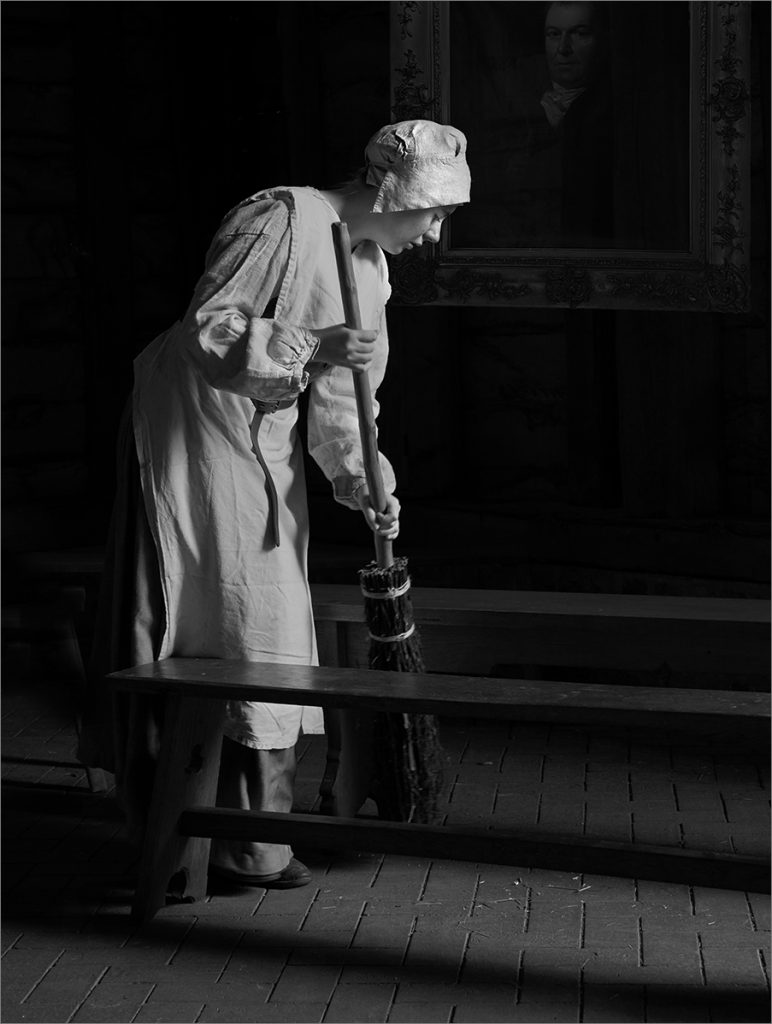
17th September
Hours 4,209 to 4.211
Two hours watching and writing up the following YouTubes:
- Abstract Expressionism: “Miriam Beerman” creates dark menacing images but is a sweet family oriented woman
- “Japanese /style of Photography, the art of Moriyama Daido” – I was given the Moriyama Record book, which is an anthology os his work. The video explains the entirely different approach to art taken by the Japanese
- “Artist Daido Moriyama – In Pictures – Tate” – Interview with the artist:
- “I see cities as vast collections of people’s desires and I search for my own desires within them”
- “Black and white images are a more true reflection of my desires – colour is somehow more vulgar.”
- “Fine Art Landscape Photography – Spurn Point” – thin tidal island off the mouth of the Humber estuary in the East Riding of Yorkshire – sadly a long way from where I live
- “Simple Tactics t Nail your Long Exposure Photography“
- Use filters
- Absolute key – have a well rehearsed workflow:
- Audit the elements available from which to build a composition
- Identify elements that you want to exclude – often the sun, or other potential
- Find compositions, using phone, before taking camera out of the bag
- Identify the optimal camera angle before putting camera on tripod
- After every shot think about: “What do I like about this image? How can I make it better?” (Yin Wong, informal mentor)
- The force myself to find at least two further camera angles. “If it’s worth pressing the shutter once, it’s worth pressing it three times.” David Boag – 23rd January 2018
- Picking the subject for long exposures – after moving objects, sea and clouds, have been de-emphasised
- Creative selection of Shutter Speed – 2 seconds to c. 6 minutes. Need to prevent tripod drift; sinking into the sand or otherwise moving over a period of a few minutes.
- Think about why you are doing a long exposure – usually either to:
- remove detail
- show movement.
An hour processing images from Northumberland.
16th September
Hours 4,205 to 4,208
1st Hour: Created a subtle change to yesterday’s Homage to Hiroshi Sugimoto. In the first version I kept the lower corners slightly lighter as I felt this hinted at the shore and the edge of an image that flows forward to an infinite horizon. To me at least, I feel that this conveys a sense of optimism and calm world-order. In the second version I applied a light vignette to the lower corners, and was surprised by how this slight change makes the image more foreboding.
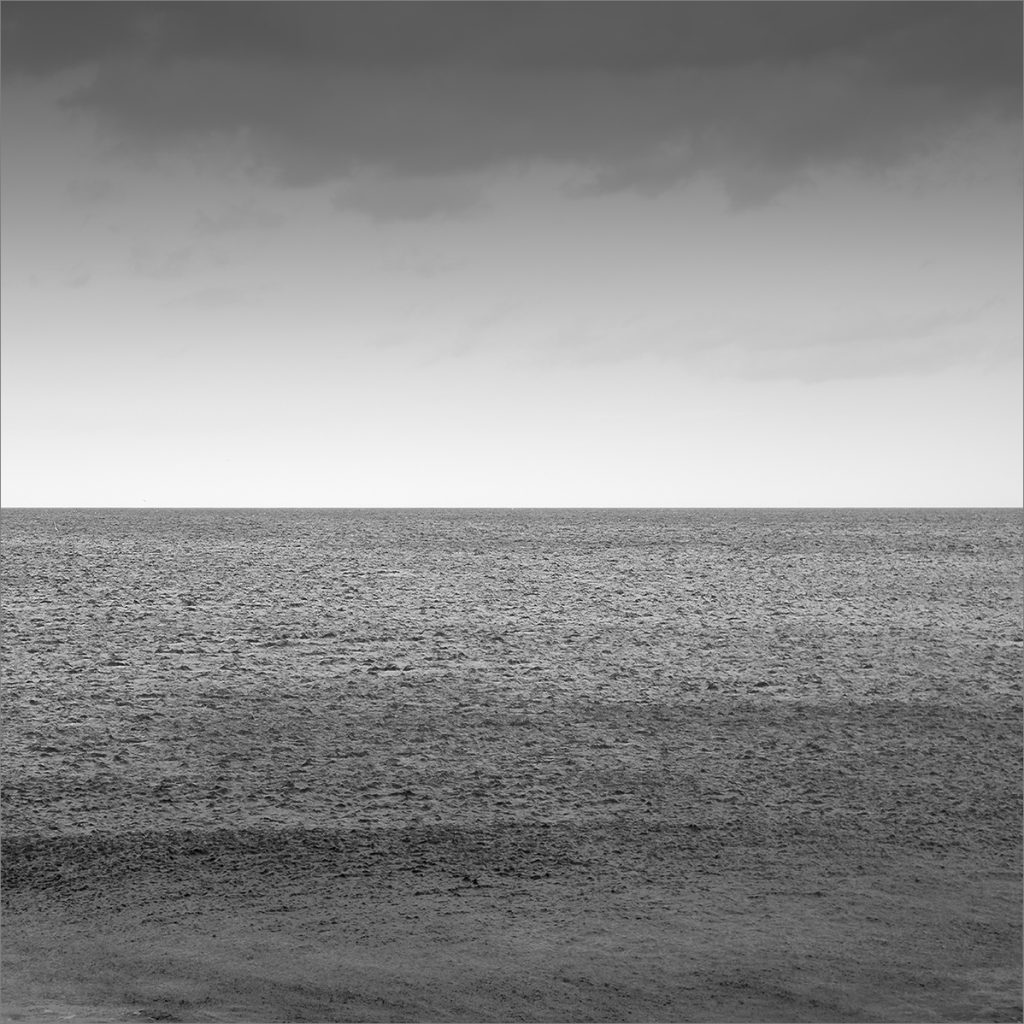
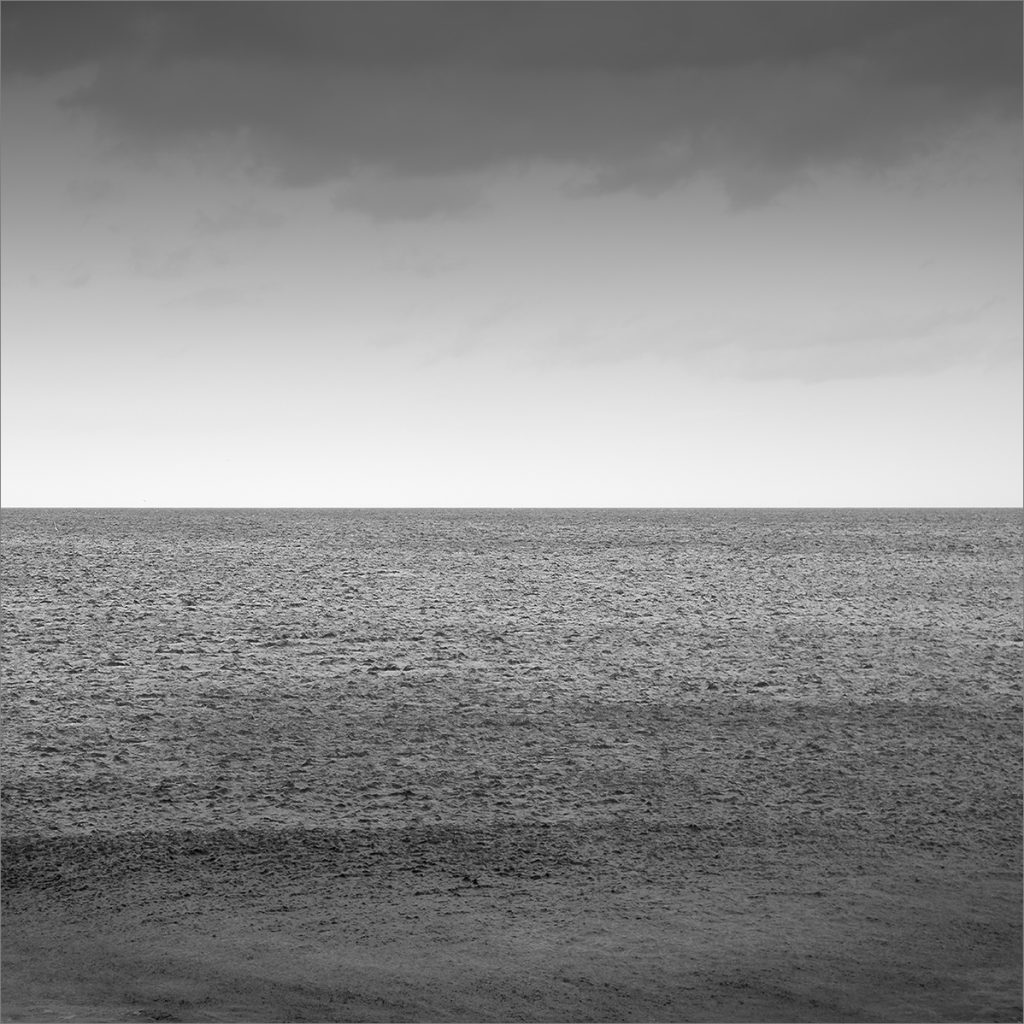
3 hours processing images from Northumberland including:
- Working on some of the sunrise landscapes from Lindisfarne
- Shots of the Lindisfarne Causeway
- The Haystacks shot on the 13th.
15th September
Hours 4,201 to 4,204
Half an hour updating this journal (and associated Flickr site), mainly with comments from yesterday’s Amersham PDI competition. And half an hour editing Northumbrian images on laptop.
An hour preparing the following “In the Style of” image for the next Amersham Beyond meeting.
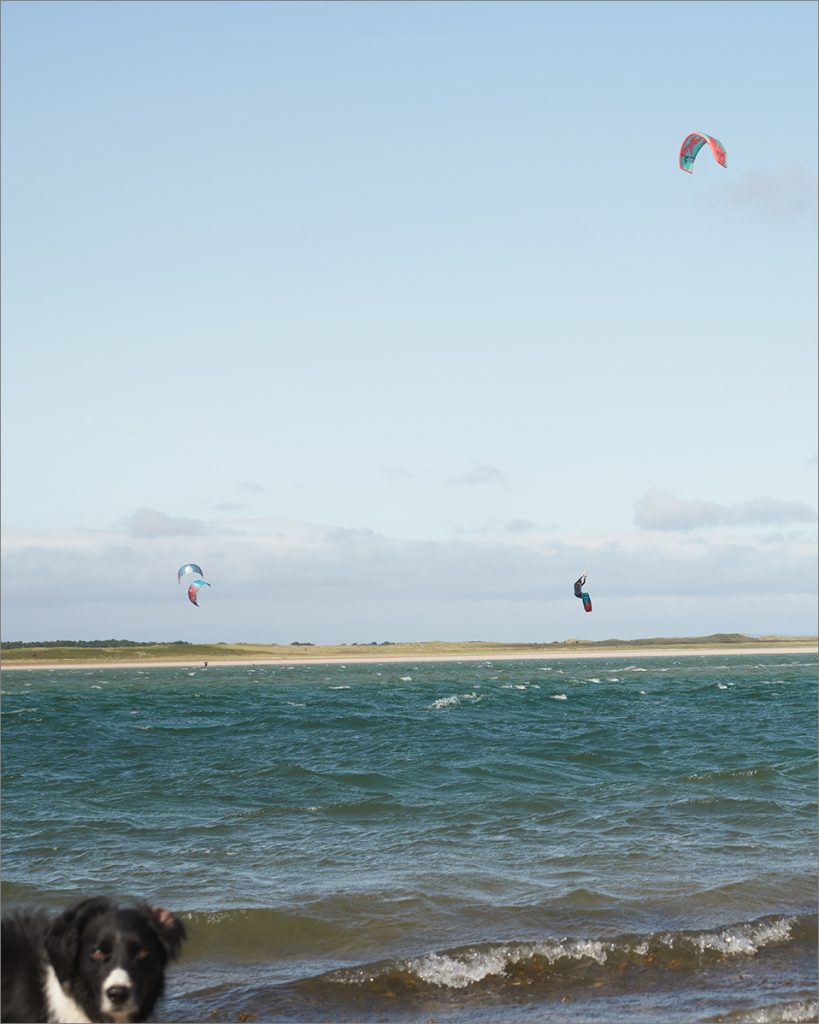
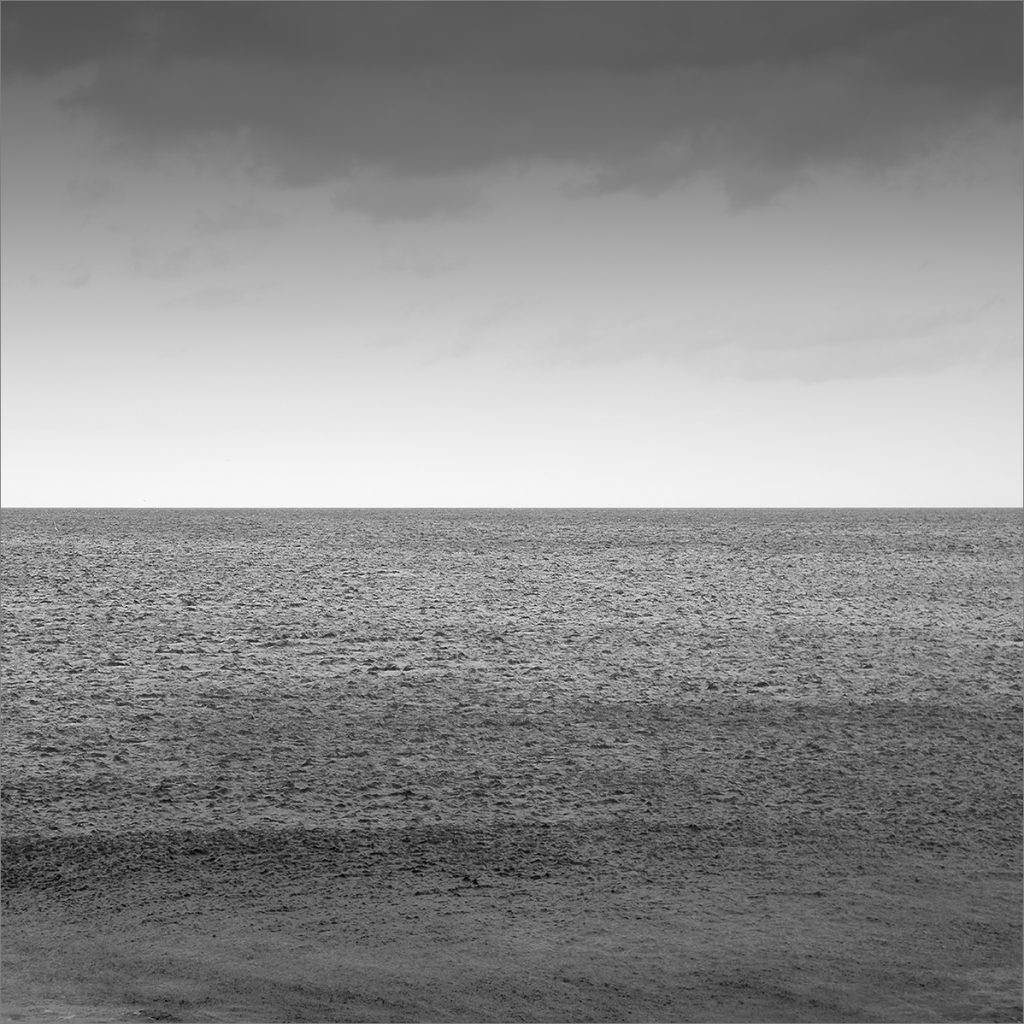
Two hours at the Stoke Poges Photographic Club, informal competition – Edith Ward “I” competition for which my “Ice with Rose” image failed to be accepted due to technical issues surrounding the transfer of images to the internal competitions secretary.
14th September
Hours 4,197 to 4,200
An hour shooting sunrise images on Lindisfarne Holy Island.
An hour culling and initially processing yesterday evening’s and this morning’s images.
Two hours at the Amersham Photographic Society, PDI competition, entries below:
13th September
Hours 4,192 to 4,196
Half an hour shooting first thing in the morning, plus two and a half hours making a further nearly 400 exposures during the course of the day.
An hour and a half culling and processing some of these images in Capture One.
Half an hour shooting hay bales at sunset.
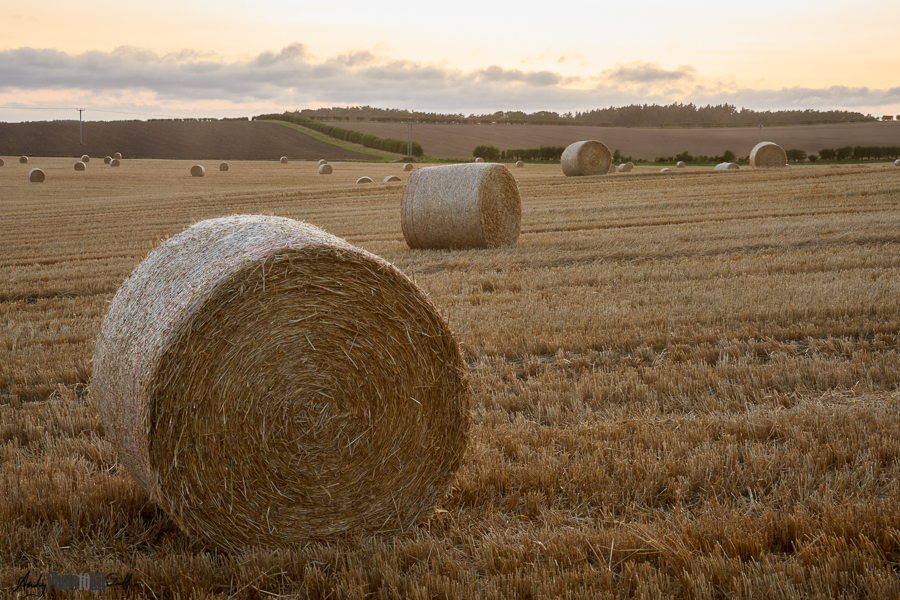
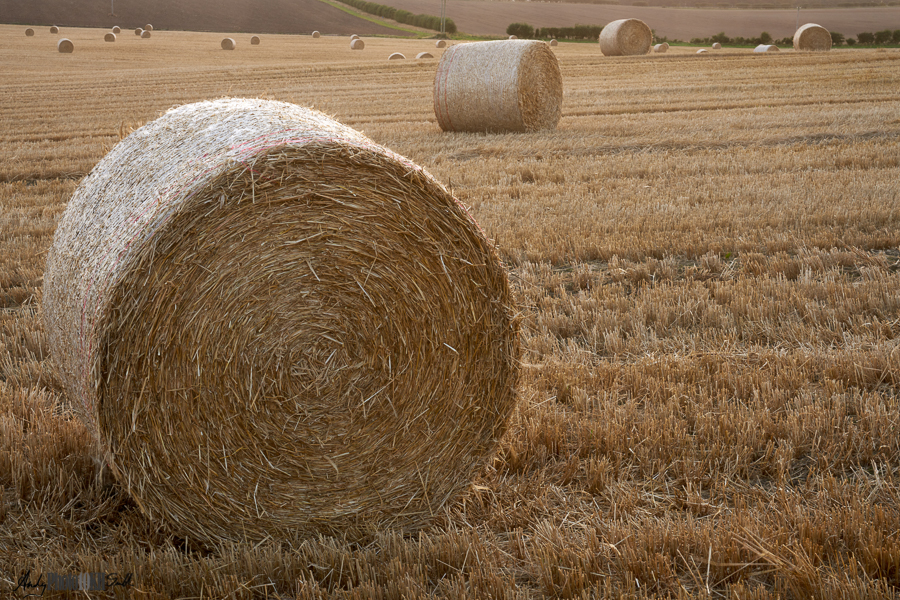
12th September
Hours 4,189 to 4,191
Half an hour shooting at daybreak plus another hour and a half during the day. Including the following:
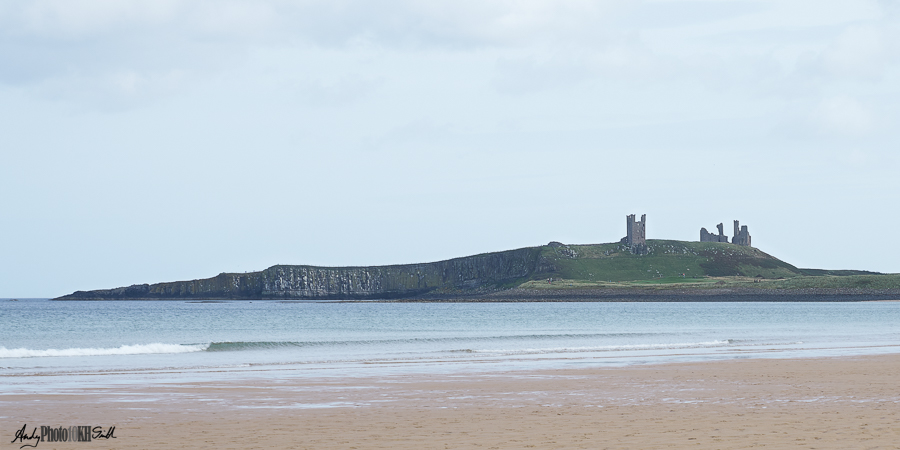
An hour processing the day’s images in Capture One.
11th September
Hours 4,187 to 4,188
An hour shooting at daybreak.
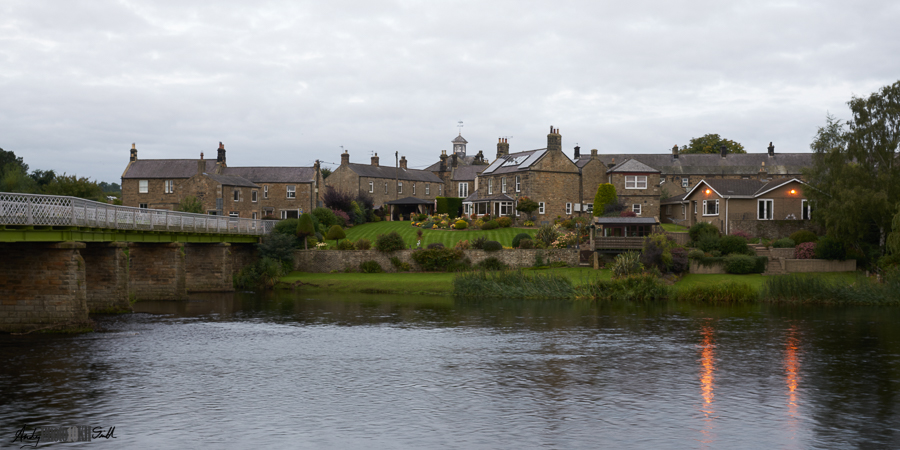
Half an hour processing those images in Capture One, and half an hour updating this journal, particularly with regard to the comments from yesterday evening’s mono group.
Half an hour starting a “Lens Quality, Prime vs Zoom” post.
10th September
Hours 4,182 to 4,186
An hour shooting at daybreak.
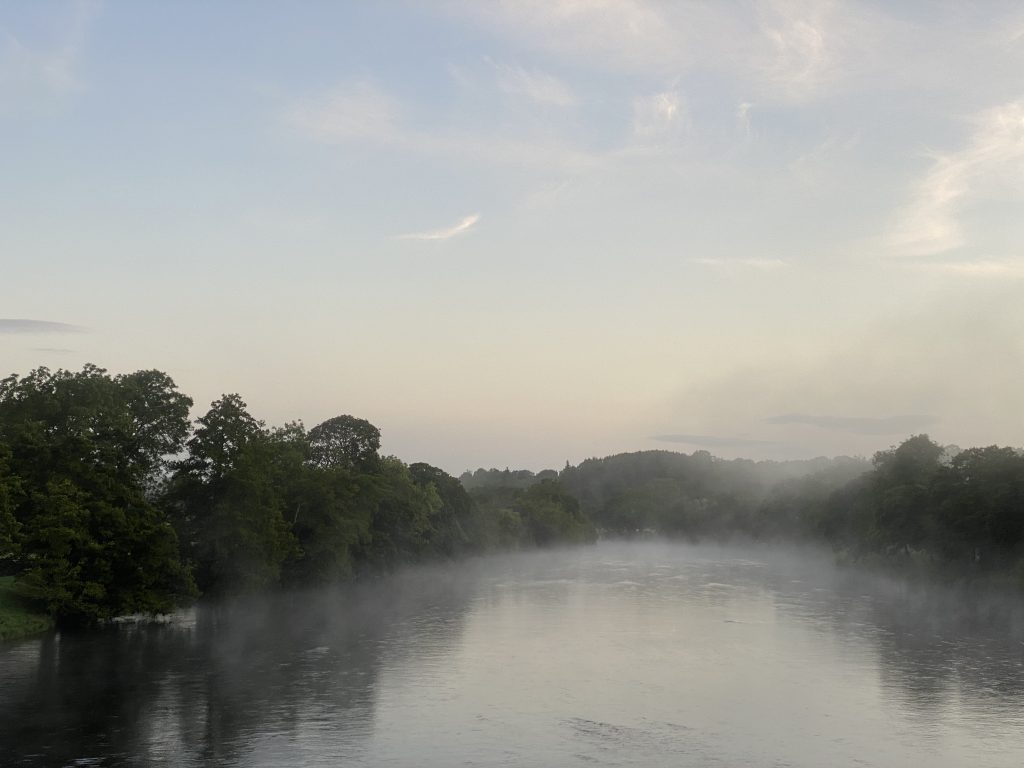
Half an hour writing up this journal and half an hour starting the “Summer 2020” post which is a tad over due. Also need to write a post on Prime vs Zoom lens quality based on the presentation I gave to the Stoke Poges Photographic Club but expanded to include:
- edge of lens focus
- focus drift
- chromatic aberration
- vignetting.
Half an hour shooting images of Harley at Kielder Water, Northumberland. Then another half processing Capture One Pro.
Two hours at the Amersham Mono group where the following images of mine were discussed.
| Image | Comments | |
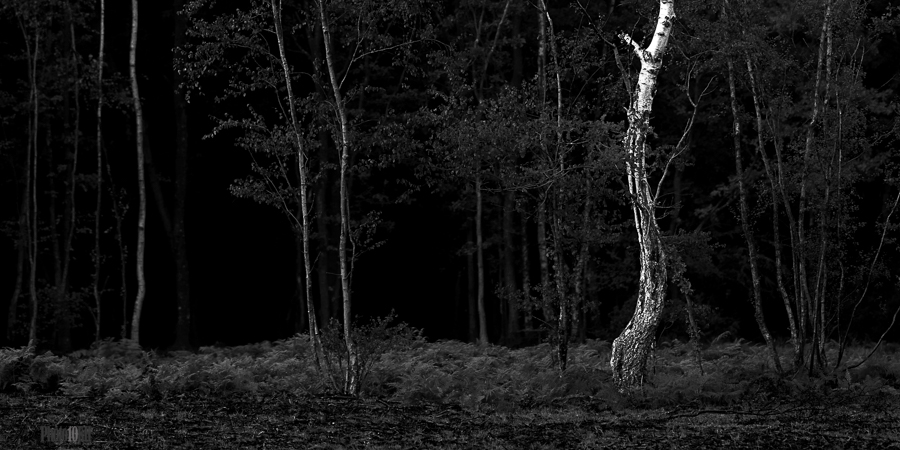 | “Age Amid Saplings” Largely applauded. Some tidying up suggested regarding highlights in the middle of the image and reducing the tree to the right to the same tone as the other non-focal trees. | |
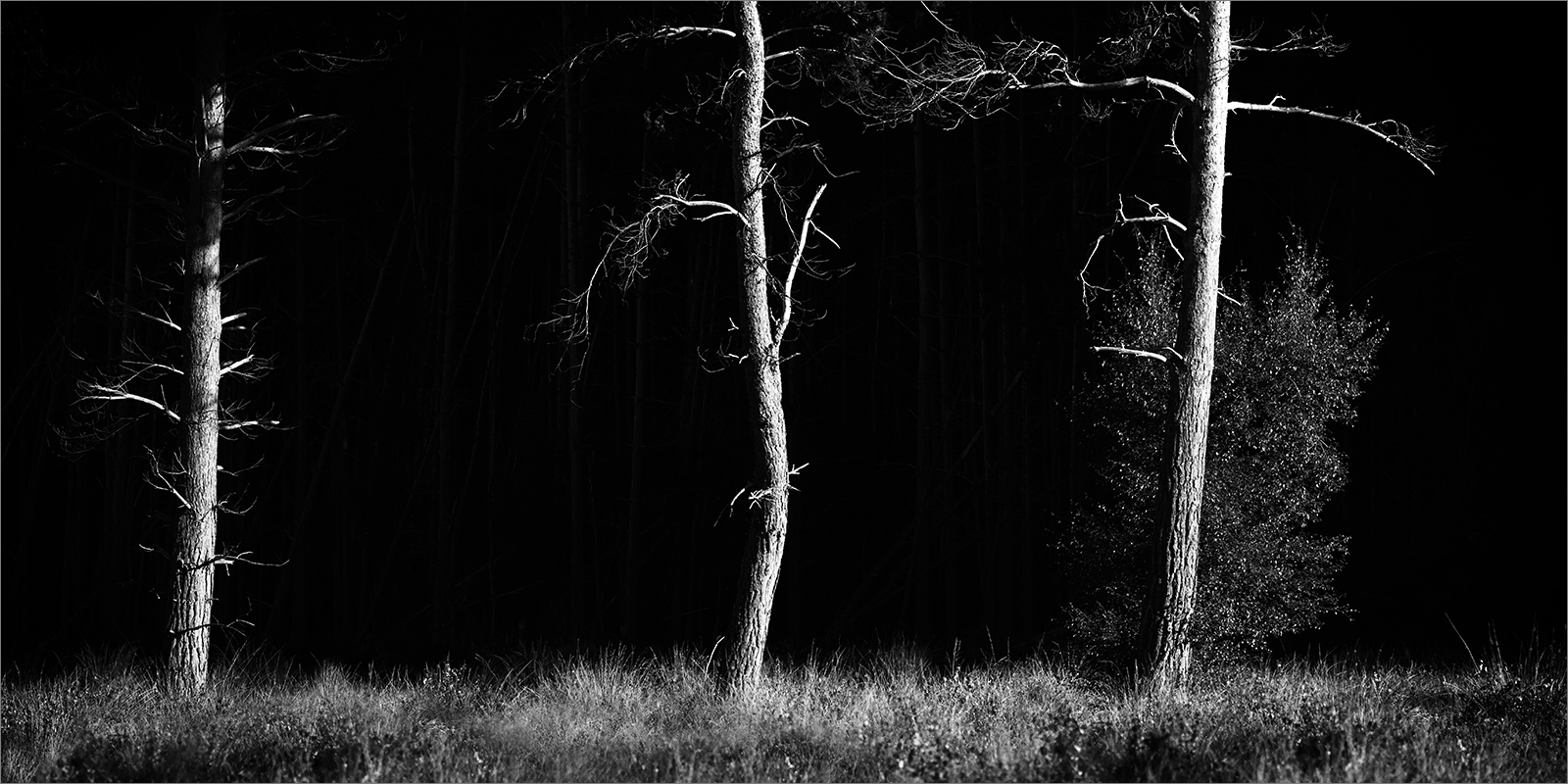 | “Three Trees” Perhaps get rid of the foliage surrounding the tree on the right. | |
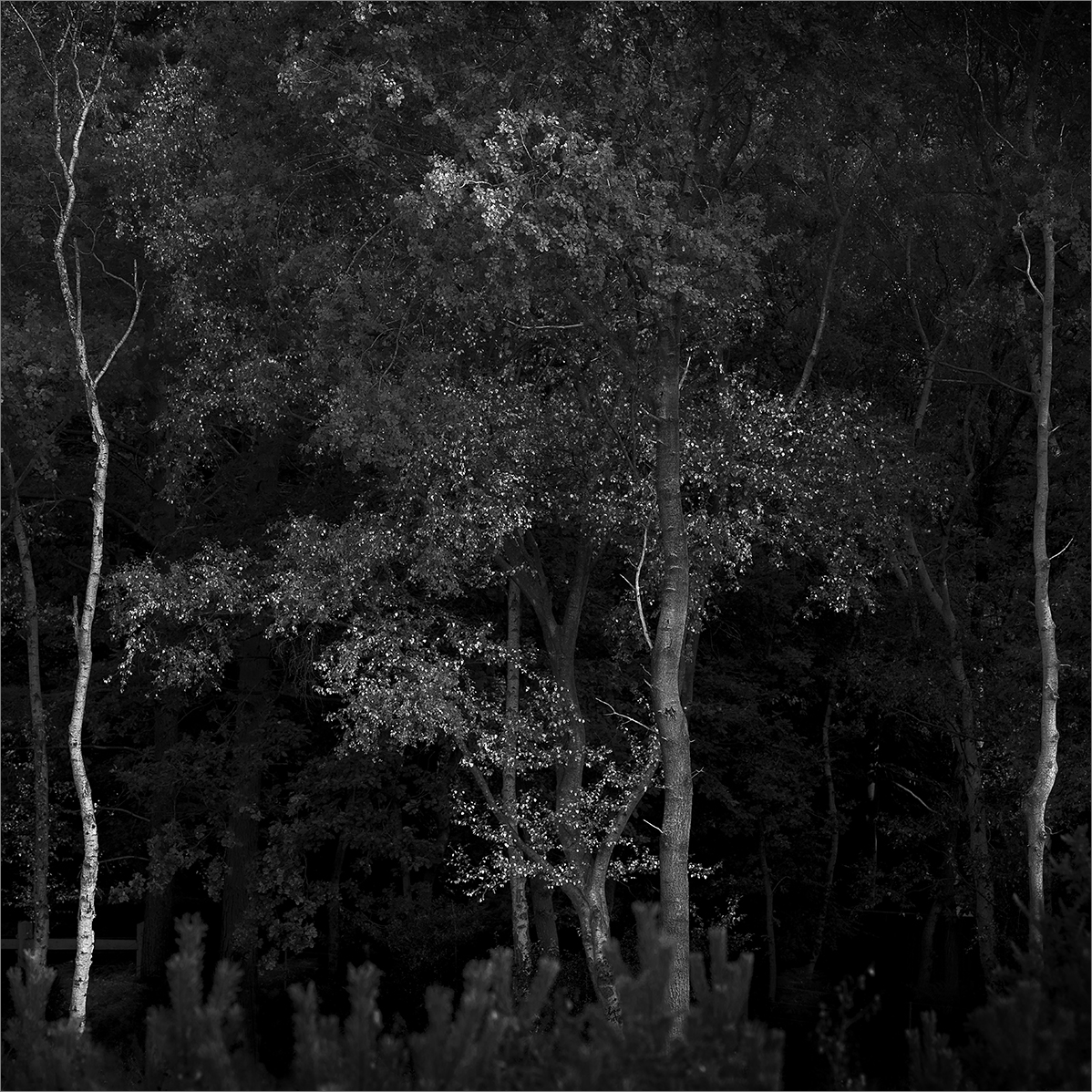 | “Shimmering Leaves” Crop in to remove the framing trees. |
9th September
Hour 4,181
Half an hour updating this journal. Half an hour researching photography destinations in Northumberland for later in the week.
8th September
Hours 4,175 to 4,180
An hour shooting at Stoke Common from just after sun rise.
An hour shooting, then an hour processing the following for next week’s Edith Ward “I” competition at the Stoke Poges Photographic Club (“SPPC”):
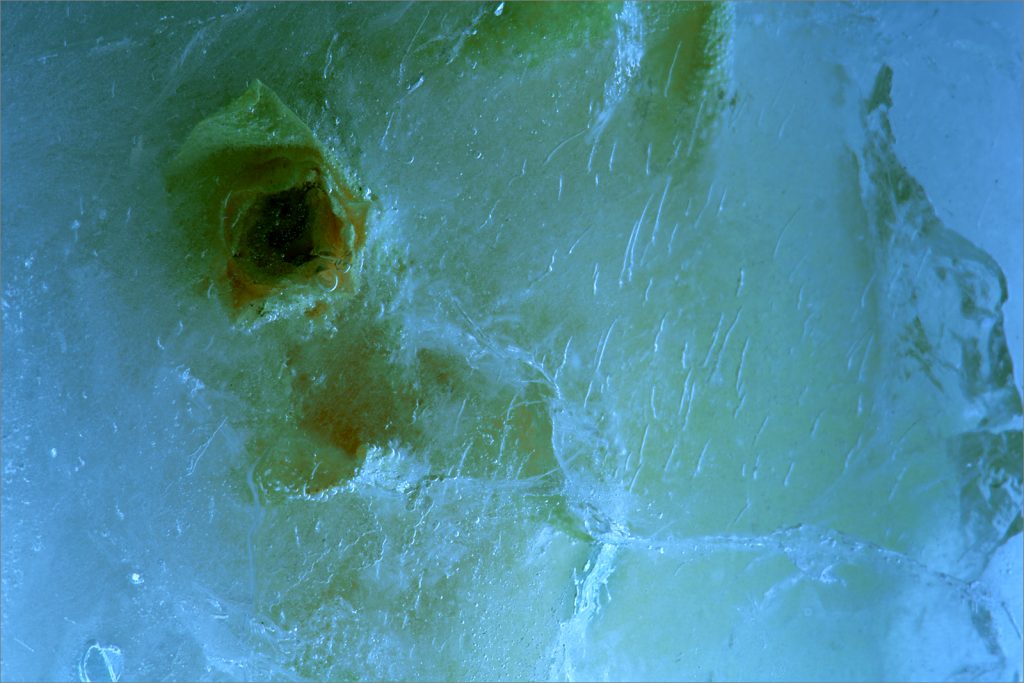
An hour revising the images for this evening’s presentation in an attempt to ensure that they will be clearly transmitted over a zoom call.
One of the two hours of the SPPC’s “Camera Basics” virtual workshop on which I was presenting on Sony equipment, and lenses particularly with regard to the sharpness at different aperture settings. I was very surprised by the drop off in sharpness from f/9 to f/5.6 even on my 135mm f/1.8 prime.
I measured only sharpness at the centre of the image, apparently the biggest difference between Prime and Zoom lenses is sharpness at the edges. Maybe worth writing a blog post about this.
An hour finding and preparing images for forthcoming Mono Group and Competitions at Amersham.
7th September
Hours 4,171 to 4,174
Half an hour updating this journal and associated Flickr Site. But, in doing so, I accidentally deleted all of the woodland images shot on Friday.
[Note to self: get TimeMachine backup working TODAY].
An hour and a half reworking the woodland images shot last week.
An hour working on tomorrow’s presentation to the SPPC.
One hour of the two spent with the virtual Amersham Photographic Society’s welcome evening.
6th September
Hours 4,164 to 4,170
An hour updating this journal with the woodland images from Stoke Common on the 4th. Including the Eileen Rafferty analysis of the image below.

6 hours writing the presentation for Tuesday’s Stoke Poges Photographic Club Meeting. Including one hour shooting some more images.
5th September
Hour 4,163
An hour processing in Photoshop the woodland images shot yesterday.
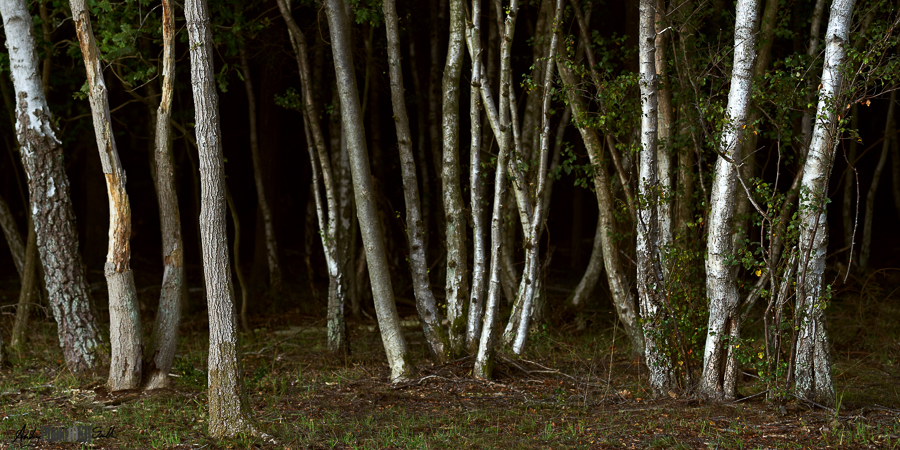
Eileen Rafferty’s pictorial analysis:
Subject: What is it of? Is the main actor clear?
It’s a picture of trees in Stoke Common on the edge of a forest. The main actor is the single tree just forward of the rest. Could perhaps be more prominent
Form: What are the visual elements of the image? Line, shape, texture and colour.
The visual elements are the vertical lines of the tree trunks and the rhythm they form. Varying texture. Colour not really a major factor – might therefore look better in mono. [Currently colour toned so that the shadows are warm and highlights cool.]
Content: What is the picture about? Any story, meaning or symbolism?
This is a picture about defiance. One tree standing forward of the rest symbolises leadership and strength against the forbidding background of the dark forest behind.
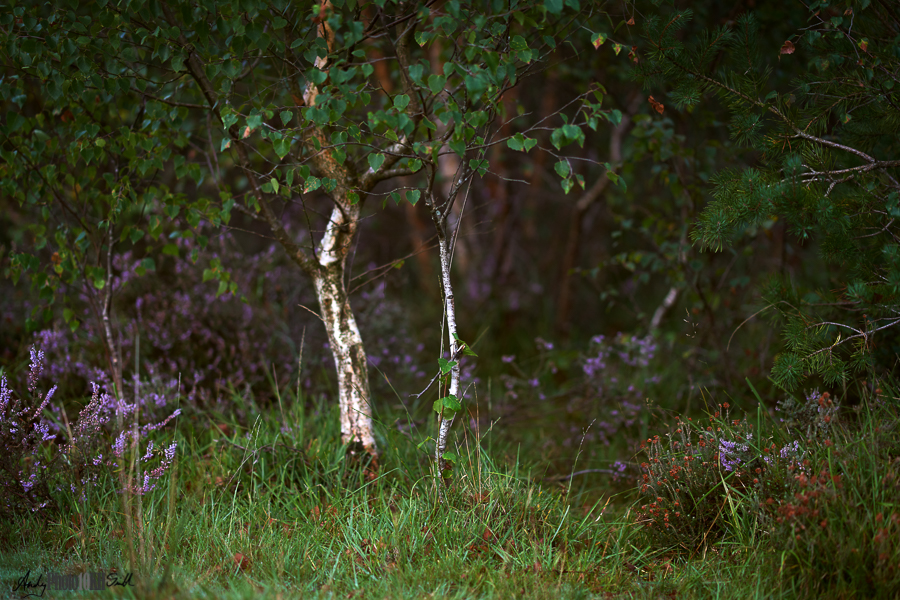
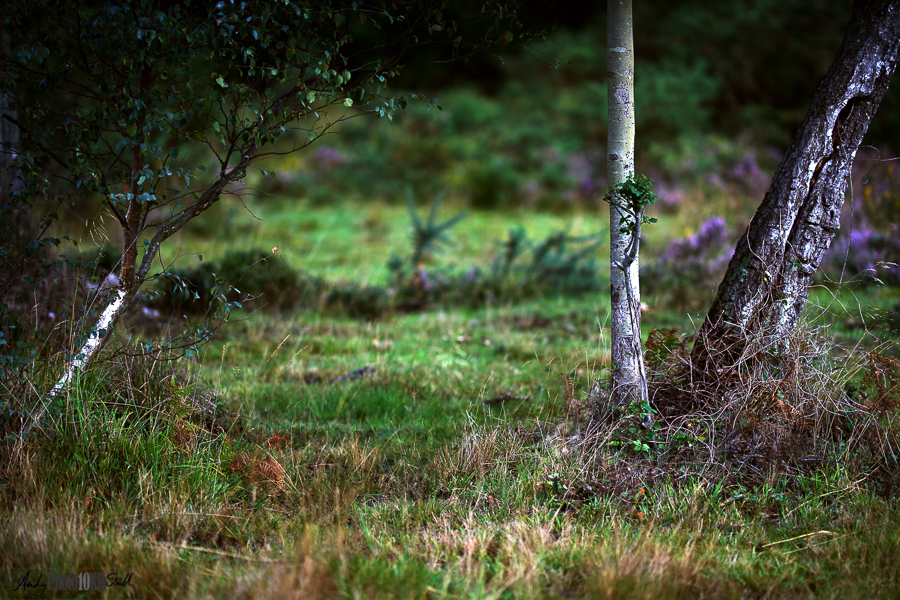
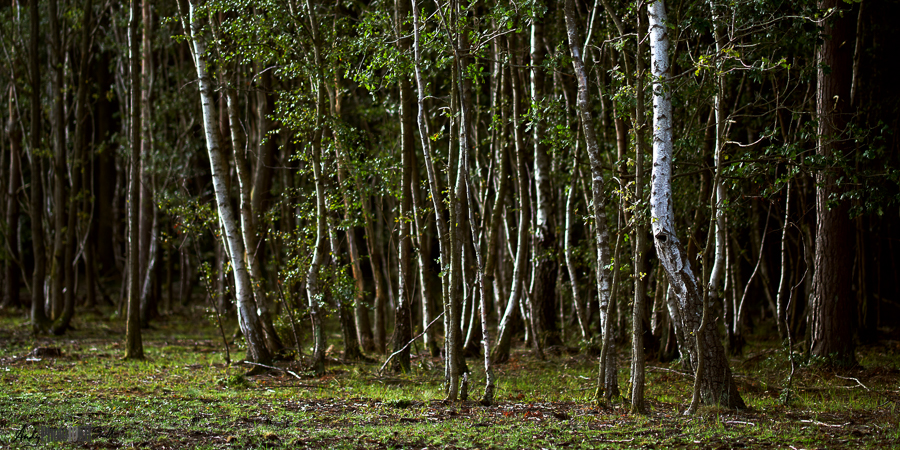
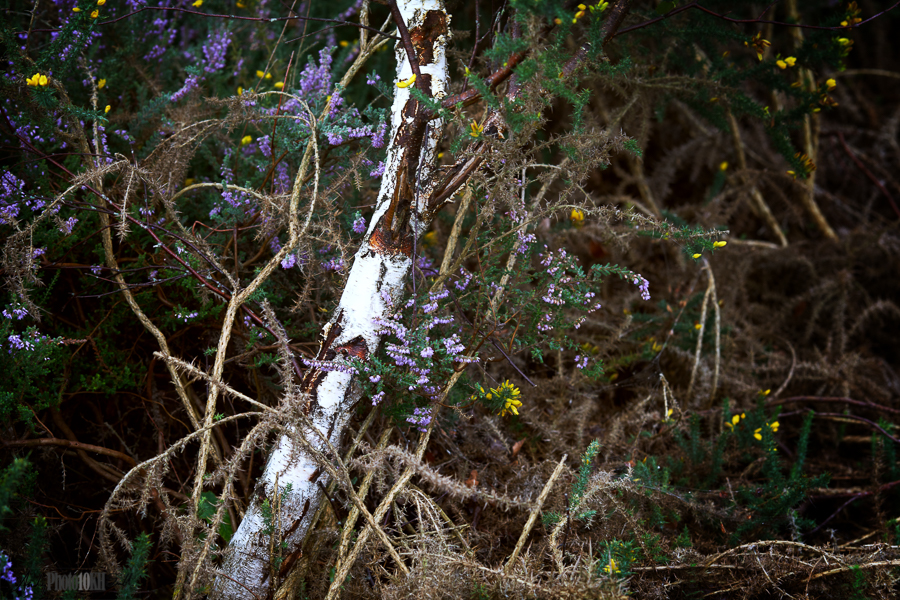
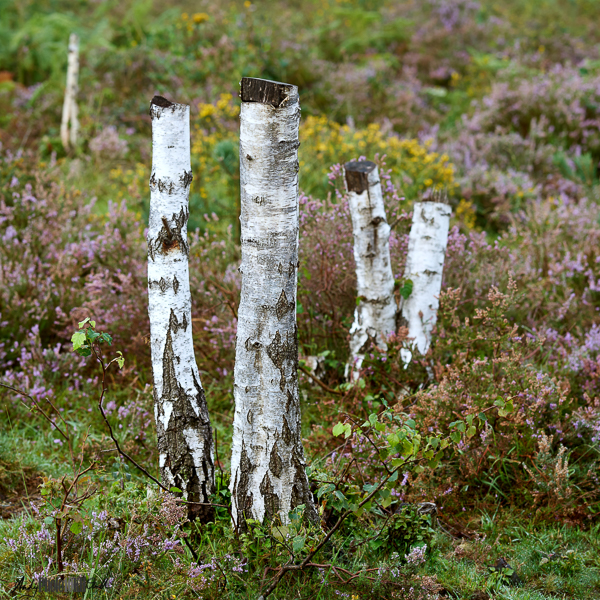
4th September
Hours 4,157 to 4,162
An hour shooting at Stoke Common from about 7am.
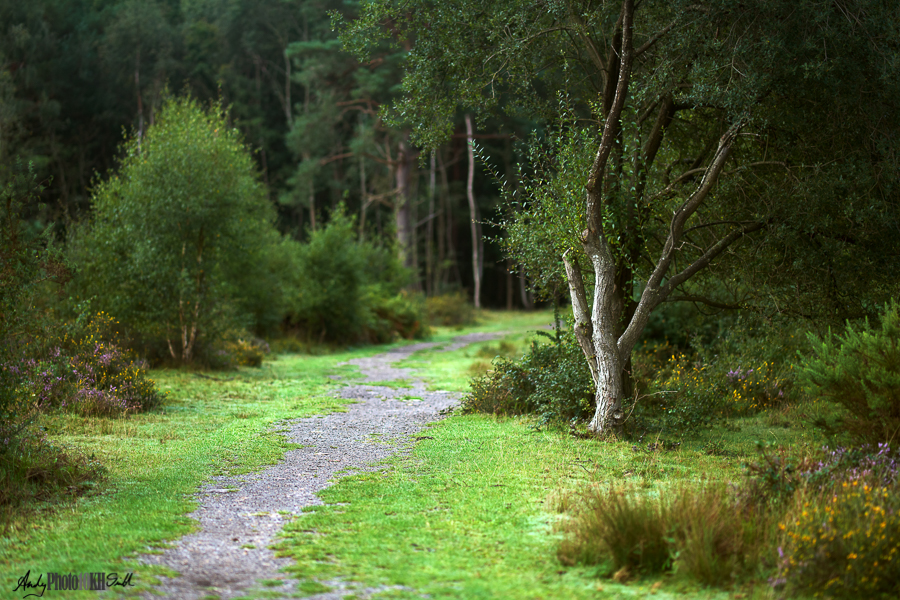
An hour updating this journal, mainly with notes and thoughts about yesterday’s YouTubes.
An hour processing the morning’s images in Capture One, and culling from 91 to 17 images before exporting to Lightroom Classic.
An hour tethered shooting to demonstrate the differences between my 135mm prime and 70-300mm zoom lenses.
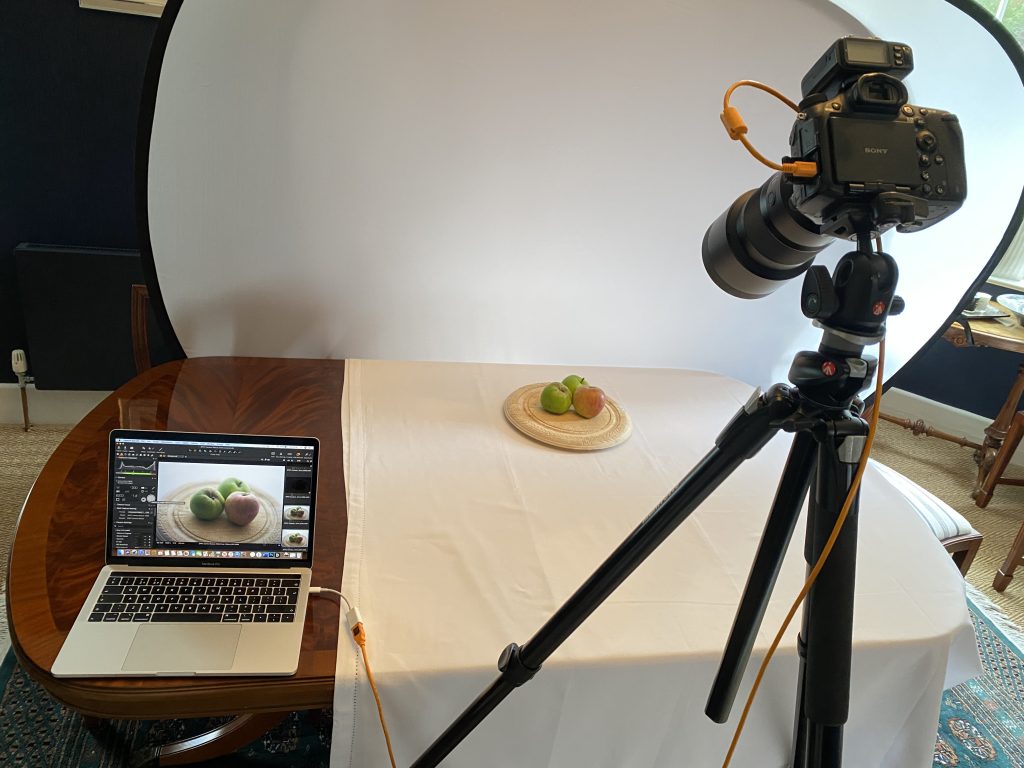
Two hours starting writing a presentation on Shooting Sony for the SPPC.
3rd September
Hours 4,155 to 4,156
Half an hour updating this journal.
An hour and a half watching the following YouTubes:
- Nigel Danson: “How to Choose the Best Focal Length in Landscape Photography” –
- Art of Photography: “10 Top Street Photographers“
- Charles Nègre – 1852, one of the earliest street photos – French
- Henri Cartier-Bresson – “Like Jazz music – improvisation around a structure”
- W. Eugene Smith – very large collections of works
- Gordon Parks – African American – often set-up images, so not purist street photography
- Robert Frank – The Americans – Raw photography make the view feel uncomfortable
- Saul Leiter – early colour work – experimental
- Craig Whitehead – 6 street under (maybe this was an advert for his courses)
- 1950s/ 60s New York School and Kamoinge, the Black American equivalent include Ely Reed the first black Magnum photographer
- La Strada – Italian School of Street Photography
- Gary Winogrand – obsessive photographer
- Joel Meyerowitz – working today documenting tomorrow’s nostalgia.
- Art of Photography: “Let’s be Honest, Your Photography could be More Creative” – copying the style and technique of other photographers is a fine way to learn. However, creativity requires something more. I am reminded of the following quote:
“You don’t make a photograph just with a camera. You bring to the act of photography all the pictures you have seen, the books you have read, the music you have heard, the people you have loved.”
Ansel Adams
2nd September
Hours 4,152 to 4,154
One and a half hours at the Photographers’ Gallery.
Half an hour at the Huxley Parlour exhibition of photographs by Cecil Beaton and Ceramics by Pablo Picasso.
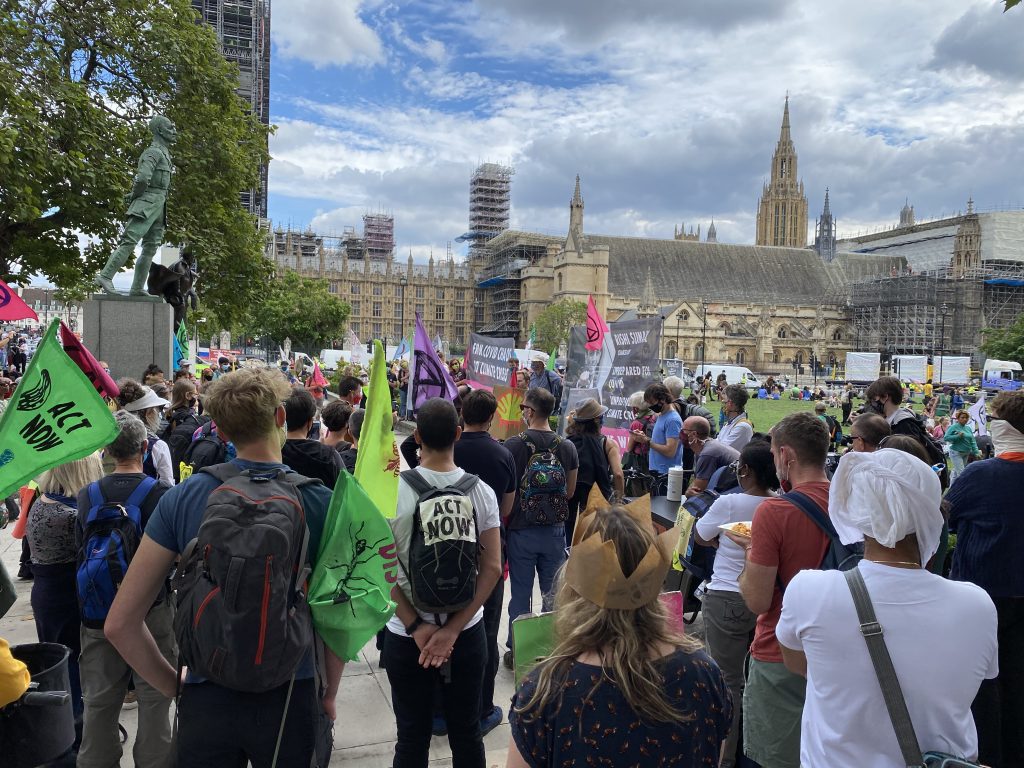
Half an hour watching the Amersham Photographic Society’s virtual exhibition which has two works by me: “Entering the Underground at Paddington” and “First Light Silver Birch” just after 10 and 20 minutes in respectively.
Half an hour updating this journal.
1st September 2020
Hours 4,150 to 4,151
An hour updating this journal, including all the new month admin.
An hour preparing images and presentation for this evening’s Welcome Evening Zoom at the Stoke Poges Photographic Club.





